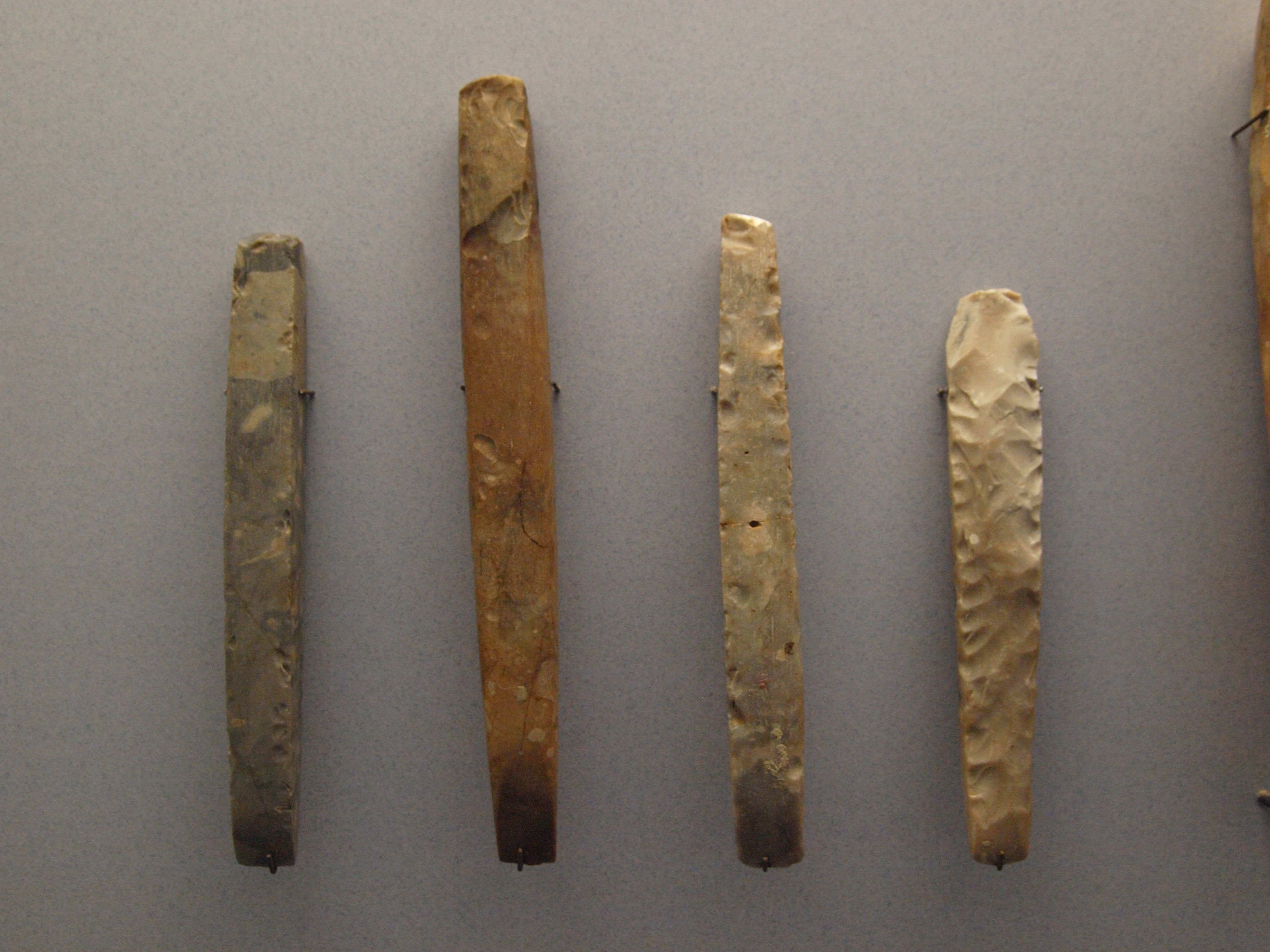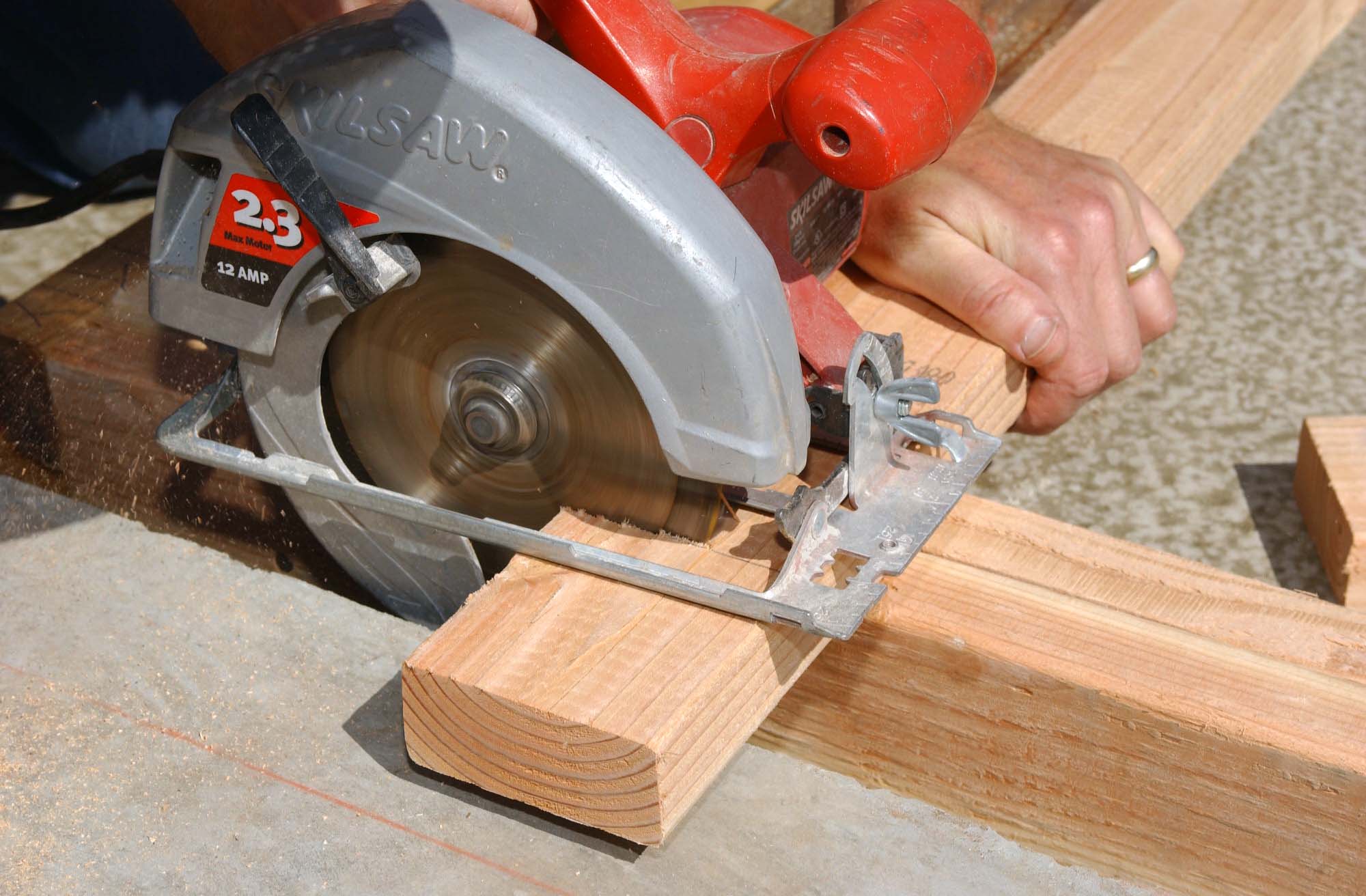|
Groove (joinery)
In joinery, a groove is a slot or trench cut into a member which runs parallel to the grain. A groove is thus differentiated from a dado, which runs across the grain. Grooves are used for a range of purposes in cabinet making and other woodworking fields. Typically, grooves are used to house the panels in frame and panel construction and the bottoms of drawers. For more structural construction, grooves are created along the sides and/or ends of panels, such as in tongue and groove construction. Applications include roofing, siding and flooring. A groove may be ''through'', meaning that it passes all the way through the surface and its ends are open, or ''stopped'', meaning that one or both of the ends finish before the groove meets edge of the surface. Methods A groove can be cut by the following methods: * electric router using a straight or rebate bit *circular saw with multiple passes (depending on width and depth) * dado set in a single pass * spindle moulder (wood sha ... [...More Info...] [...Related Items...] OR: [Wikipedia] [Google] [Baidu] |
Spindle Moulder
Spindle may refer to: Textiles and manufacturing * Spindle (textiles), a straight spike to spin fibers into yarn * Spindle (tool), a rotating axis of a machine tool Biology * Common spindle and other species of shrubs and trees in genus ''Euonymus'' whose hard wood was used to make spindles * Spindle apparatus or mitotic spindle, a cellular structure in cell biology * Muscle spindle, stretch receptors within the body of a muscle * Spindle neuron, a specific class of neuron * Sleep spindle, bursts of neural oscillatory activity during sleep * Spindle transfer, an ''in vitro'' fertilization the technique Computing * Spindle (hard disk drive), the axis of a hard disk drive * Spindle (disc packaging), a plastic case for bulk optical disks Vehicles * Spindle (automobile), a part of a car's suspension system * Spindle (vehicle), an autonomous ice-penetrating vehicle Other uses * Spindle (furniture), cylindrically symmetric shaft, usually made of wood * ''Spindle'' (sculptur ... [...More Info...] [...Related Items...] OR: [Wikipedia] [Google] [Baidu] |
Woodworking Joints
Joinery is a part of woodworking that involves joining pieces of wood, engineered lumber, or synthetic substitutes (such as laminate), to produce more complex items. Some woodworking joints employ mechanical fasteners, bindings, or adhesives, while others use only wood elements (such as dowels or plain mortise and tenon fittings). The characteristics of wooden joints—strength, flexibility, toughness, appearance, etc.—derive from the properties of the materials involved and the purpose of the joint. Therefore, different joinery techniques are used to meet differing requirements. For example, the joinery used to construct a house can be different from that used to make cabinetry or furniture, although some concepts overlap. In British English joinery is distinguished from carpentry, which is considered to be a form of structural timber work; in other locales joinery is considered a form of carpentry. History Many traditional wood joinery techniques use the distinctive mate ... [...More Info...] [...Related Items...] OR: [Wikipedia] [Google] [Baidu] |
Tongue And Groove
Tongue and groove is a method of fitting similar objects together, edge to edge, used mainly with wood, in flooring, parquetry, panelling, and similar constructions. A strong joint, it allows two flat pieces to be joined strongly together to make a single flat surface. Before plywood became common, tongue-and-groove boards were also used for sheathing buildings and to construct concrete formwork. Each piece has a slot (the ''groove'' or '' dado'') cut all along one edge or along two adjacent edges, and a thin, deep ridge (the ''tongue'') on the opposite edge or edges. The tongue projects a little less than the depth of the groove. Two or more pieces thus fit together closely. The joint is not normally glued, as shrinkage would then pull the tongue off. The effect of wood shrinkage is concealed when the joint is beaded or otherwise moulded. In another assembly method, the pieces are end-matched. This method eliminates the need for mitre joints, face nailing, and the use of joi ... [...More Info...] [...Related Items...] OR: [Wikipedia] [Google] [Baidu] |
Dado (joinery)
A dado (US and Canada, ), housing (UK) or trench (Europe) is a slot or trench cut into the surface of a piece of machinable material, usually wood. When viewed in cross-section, a dado has three sides. A dado is cut across, or perpendicular to, the grain and is thus differentiated from a groove which is cut with, or parallel to the grain. Dados are often used to affix shelves to cabinetry bodies. Similar to the dado, see rabbet (rebate). Variations * A ''through'' dado involves cuts which run between both edges of the surface, leaving both ends open. * A ''stopped'' or ''blind'' dado ends before one (stopped) or both (blind) of the cuts meets the edge of the surface. * A ''half dado'' is formed with a narrow dado cut into one part, coupled with a rabbet of another piece. This joint tends to be used because of its ability to hide unattractive gaps due to varying material thicknesses. See also * Dado set * Woodworking joints Joinery is a part of woodworking that involves ... [...More Info...] [...Related Items...] OR: [Wikipedia] [Google] [Baidu] |
Grooving Plane
A grooving plane, plow plane, or plough plane is a plane used in woodworking to make grooves and (with some of the metal versions) small rabbet A rabbet (American English) or rebate (British English) is a recess or groove cut into the edge of a piece of machinable material, usually wood. When viewed in cross-section, a rabbet is two-sided and open to the edge or end of the surface in ...s. They are traditionally used for drawer bottoms or rear walls. References * * Planes {{Tool-stub ... [...More Info...] [...Related Items...] OR: [Wikipedia] [Google] [Baidu] |
Router Plane
A router plane is a hand plane used in woodworking for smoothing out sunken panels, and more generally for all depressions below the general surface of the pattern. It planes the bottoms of recesses to a uniform depth and can work into corners that otherwise can only be reached with a chisel A chisel is a hand tool with a characteristic Wedge, wedge-shaped cutting edge on the end of its blade. A chisel is useful for carving or cutting a hard material such as woodworking, wood, lapidary, stone, or metalworking, metal. Using a chi .... The tool has largely been supplanted by the electrical router and shaper, but retains limited application. Further reading * References Planes {{Tool-stub ... [...More Info...] [...Related Items...] OR: [Wikipedia] [Google] [Baidu] |
Chisel
A chisel is a hand tool with a characteristic Wedge, wedge-shaped cutting edge on the end of its blade. A chisel is useful for carving or cutting a hard material such as woodworking, wood, lapidary, stone, or metalworking, metal. Using a chisel involves forcing the blade into some material to cut it. The driving force may be applied by pushing by hand, or by using a mallet or hammer. In industrial use, a hydraulic ram or falling weight ('trip hammer') may be used to drive a chisel into the material. A Chisel#Gouge, gouge is a type of chisel that serves to carve small pieces from the material; particularly in woodworking, woodturning and sculpture. Woodworking Woodworking chisels range from small hand tools for tiny details, to large chisels used to remove big sections of wood, in 'roughing out' the shape of a pattern or design. Typically, in Wood carving, woodcarving, one starts with a larger tool, and gradually progresses to smaller tools to finish the detail. One of t ... [...More Info...] [...Related Items...] OR: [Wikipedia] [Google] [Baidu] |
Hand Saw
In woodworking and carpentry, hand saws, also known as "panel saws", are used to cut pieces of wood into different shapes. This is usually done in order to Woodworking joints, join the pieces together and carve a wooden object. They operate by having a series of sharp points, called teeth, of a substance that is harder than the wood being cut. Hand saws have been used for thousands of years. Egyptian hieroglyphs, Egyptian hieroglyphics exist depicting ancient woodworkers sawing boards into pieces, and ancient bow saws have been found in Japan. Cut patterns on ancient boards are occasionally observed to bear the unique cutting marks left by saw blades, particularly if the wood was not 'smoothed up' by some method. Twenty-four saws from eighteenth-century England are currently preserved.Olmert, Michael (1996). ''Milton's Teeth and Ovid's Umbrella: Curiouser & Curiouser Adventures in History'', p.178. Simon & Schuster, New York. . Materials for saw blades have varied over the ages ... [...More Info...] [...Related Items...] OR: [Wikipedia] [Google] [Baidu] |
Dado Set
A dado set or dado blade is a type of circular saw blade, typically used with a table saw or radial arm saw, which is used to cut dadoes or grooves in woodworking Woodworking is the skill of making items from wood, and includes cabinetry, furniture making, wood carving, joinery, carpentry, and woodturning. History Along with stone, clay and animal parts, wood was one of the first materials worked b .... There are two common kinds of dado sets, stacked dado set and wobble blade. Stacked dado set consists of two circular saw blades fixed on either side of a set of removable chippers. As the dado set spins, the two outside blades cut the dado walls and the chippers remove the waste material in between and smooth the bottom of the dado. The chippers are added or removed to the set as required to make a dado of the desired width. Chippers can also be interspersed with spacers to finely adjust the dado width. Consequently, changing the dado width requires the complete remo ... [...More Info...] [...Related Items...] OR: [Wikipedia] [Google] [Baidu] |
Woodworking Joints
Joinery is a part of woodworking that involves joining pieces of wood, engineered lumber, or synthetic substitutes (such as laminate), to produce more complex items. Some woodworking joints employ mechanical fasteners, bindings, or adhesives, while others use only wood elements (such as dowels or plain mortise and tenon fittings). The characteristics of wooden joints—strength, flexibility, toughness, appearance, etc.—derive from the properties of the materials involved and the purpose of the joint. Therefore, different joinery techniques are used to meet differing requirements. For example, the joinery used to construct a house can be different from that used to make cabinetry or furniture, although some concepts overlap. In British English joinery is distinguished from carpentry, which is considered to be a form of structural timber work; in other locales joinery is considered a form of carpentry. History Many traditional wood joinery techniques use the distinctive mate ... [...More Info...] [...Related Items...] OR: [Wikipedia] [Google] [Baidu] |
Circular Saw
A circular saw or a buzz saw, is a power-saw using a toothed or Abrasive saw, abrasive disk (mathematics), disc or blade to cut different materials using a rotary motion spinning around an Arbor (tool), arbor. A hole saw and ring saw also use a rotary motion but are different from a circular saw. ''Circular saws'' may also be loosely used for the blade itself. Circular saws were invented in the late 18th century and were in common use in sawmills in the United States by the middle of the 19th century. A circular saw is a tool for cutting many materials such as wood, masonry, plastic, or metal and may be hand-held or mounted to a machine. In woodworking the term "circular saw" refers specifically to the hand-held type and the table saw and Miter saw#Power miter saw, chop saw are other common forms of circular saws. "Skilsaw" and "Skil saw" have become generic trademarks for conventional hand-held circular saws in the United States of America. Circular saw blades are specially d ... [...More Info...] [...Related Items...] OR: [Wikipedia] [Google] [Baidu] |





